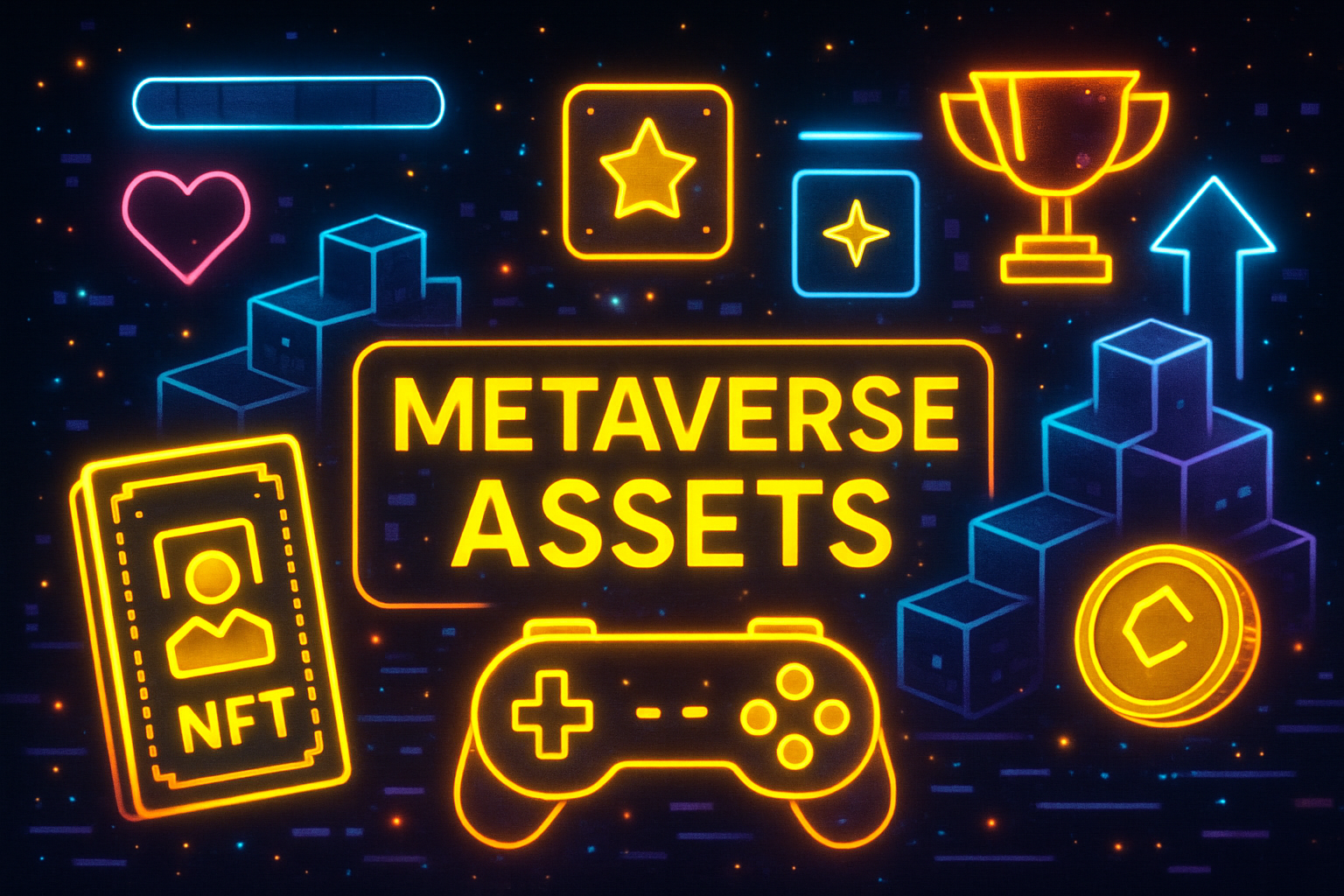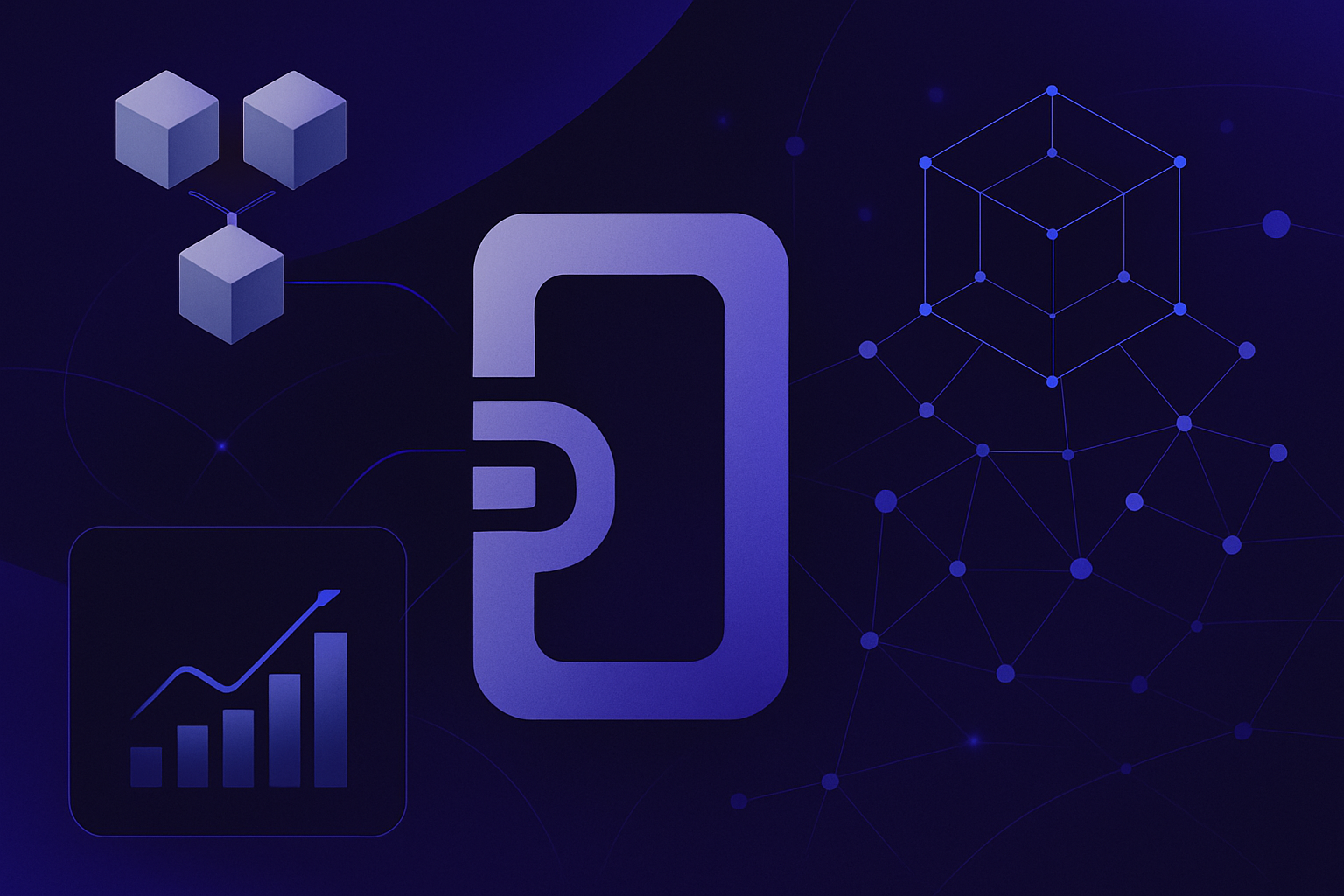
Celestia’s Matcha v6 upgrade is live on Arabica testnet, and it’s sending shockwaves through the modular rollup community. This isn’t just another routine patch – it’s a fundamental leap forward, combining a massive 16x block size increase to 128MB with a dramatic 50% cut in TIA token inflation. For rollup developers, these changes are tactical game-changers, unlocking new throughput ceilings while tightening the economic screws on TIA’s supply.
128MB Blocks: Unleashing Modular Rollup Throughput
Let’s get tactical: the jump to 128MB blocks is not just a headline figure. With the new high-throughput propagation mechanism, Celestia is targeting up to 21.3 MB/s data availability – a 16x improvement over previous versions. For rollup builders, this means you can pack more transactions, proofs, and blobs into every block, slashing per-tx data costs and unlocking previously infeasible dApp designs.
Consider the impact on chains leveraging Celestia rollup frameworks: higher blockspace means less competition for inclusion, lower latency, and the ability to serve high-frequency DeFi, gaming, and social protocols without bottlenecks. The days of rationing blockspace are over. This is the era of abundant modular throughput.
50% Inflation Cut: TIA’s New Monetary Discipline
Equally bold is the halving of TIA’s annual inflation rate from 5% to 2.5%. This isn’t just a cosmetic tweak. The supply-side tightening directly boosts TIA’s appeal as a long-term asset, collateral, and DeFi building block. For developers, this means the economic security of your rollup isn’t being eroded by runaway dilution. With less new TIA entering circulation, staking yields become more sustainable and the currency’s purchasing power is better preserved.
Market sentiment reflects this shift. As of today, Celestia (TIA) trades at $1.03, with a 24-hour range between $1.01 and $1.09. This stability – even amid major protocol changes – signals growing confidence in Celestia’s long-term modular vision.
Celestia (TIA) Price Prediction Table: Post-Matcha Upgrade (2026–2031)
TIA price forecasts after the transformative Matcha v6 upgrade, reflecting new tokenomics, scalability, and cross-chain positioning.
| Year | Minimum Price | Average Price | Maximum Price | Year-over-Year Change (Avg) | Key Scenario Insights |
|---|---|---|---|---|---|
| 2026 | $0.95 | $1.30 | $1.85 | +26% | Adoption grows as rollup developers leverage 128MB blocks; price volatility remains as ecosystem matures. |
| 2027 | $1.10 | $1.55 | $2.25 | +19% | Inflation cut to 2.5% supports token value; cross-chain integrations increase TIA utility. |
| 2028 | $1.25 | $1.90 | $2.80 | +23% | Broader DeFi adoption and rollup migration to Celestia; network effects strengthen use case. |
| 2029 | $1.45 | $2.30 | $3.45 | +21% | Reduced inflation and throughput upgrades drive scarcity narrative; potential for deflation emerges. |
| 2030 | $1.75 | $2.75 | $4.20 | +20% | TIA seen as a premier DA layer asset; further scaling and IBC expansion boost demand. |
| 2031 | $2.10 | $3.25 | $5.10 | +18% | Widespread enterprise and DeFi adoption; TIA competes with leading data availability tokens. |
Price Prediction Summary
Celestia’s Matcha v6 upgrade marks a pivotal shift for TIA, with block size expansion and a 50% inflation reduction enhancing both scalability and monetary policy. Over the next six years, TIA’s price is expected to gradually rise, reflecting increased demand from rollup developers, improved DeFi positioning, and a tightening supply. While short-term price action may remain volatile due to macro conditions, the long-term outlook is positive, especially if Celestia solidifies its position as a leading modular data availability layer.
Key Factors Affecting Celestia Price
- Impact of 128MB blocks and throughput upgrades on rollup adoption and transaction fees
- 50% reduction in token inflation, leading to improved scarcity and potential deflation
- Removal of IBC/Hyperlane token filters, enabling Celestia as a universal routing layer
- Competition from other modular blockchains (e.g., EigenLayer, Avail, Ethereum DA solutions)
- Regulatory changes affecting cross-chain assets and DeFi applications
- Broader crypto market cycles and risk appetite
- Potential for new use cases (e.g., enterprise, gaming, large-scale DeFi protocols)
Disclaimer: Cryptocurrency price predictions are speculative and based on current market analysis.
Actual prices may vary significantly due to market volatility, regulatory changes, and other factors.
Always do your own research before making investment decisions.
Celestia as a Routing Layer: Bridging Any Asset
The Matcha v6 upgrade isn’t just about throughput and tokenomics. By removing the token filter for IBC and Hyperlane, Celestia becomes a universal routing layer for any asset. This opens the door for seamless cross-chain composability, letting rollup devs bridge arbitrary tokens to Celestia and back without friction or gatekeeping.
This upgrade cements Celestia’s place as a foundational layer for the next generation of modular blockchain applications. Developers can now deploy rollups that interact natively with assets from across the Cosmos and beyond, without being limited by token whitelists or complex bridging workarounds. For more details on the technical specifics, check the official Celestia blog and the CIP-041 spec.
Arabica Testnet: The Launchpad for Matcha
With Matcha now live on the Celestia Arabica testnet, developers can start stress-testing their rollups against these new block size and throughput limits today. Early benchmarks are promising, with propagation speeds and finality times holding up even under heavy load. If you’re building with Celestia rollup frameworks, now is the time to push the limits and iterate before mainnet launch in late September 2025.
For teams eyeing mainnet deployment, the Arabica testnet is your proving ground. This is where you can simulate high-throughput environments, experiment with new data availability strategies, and benchmark your rollup’s performance under the stress of 128MB blocks. The community is already sharing early results and optimizations, so it pays to stay plugged in and iterate fast.
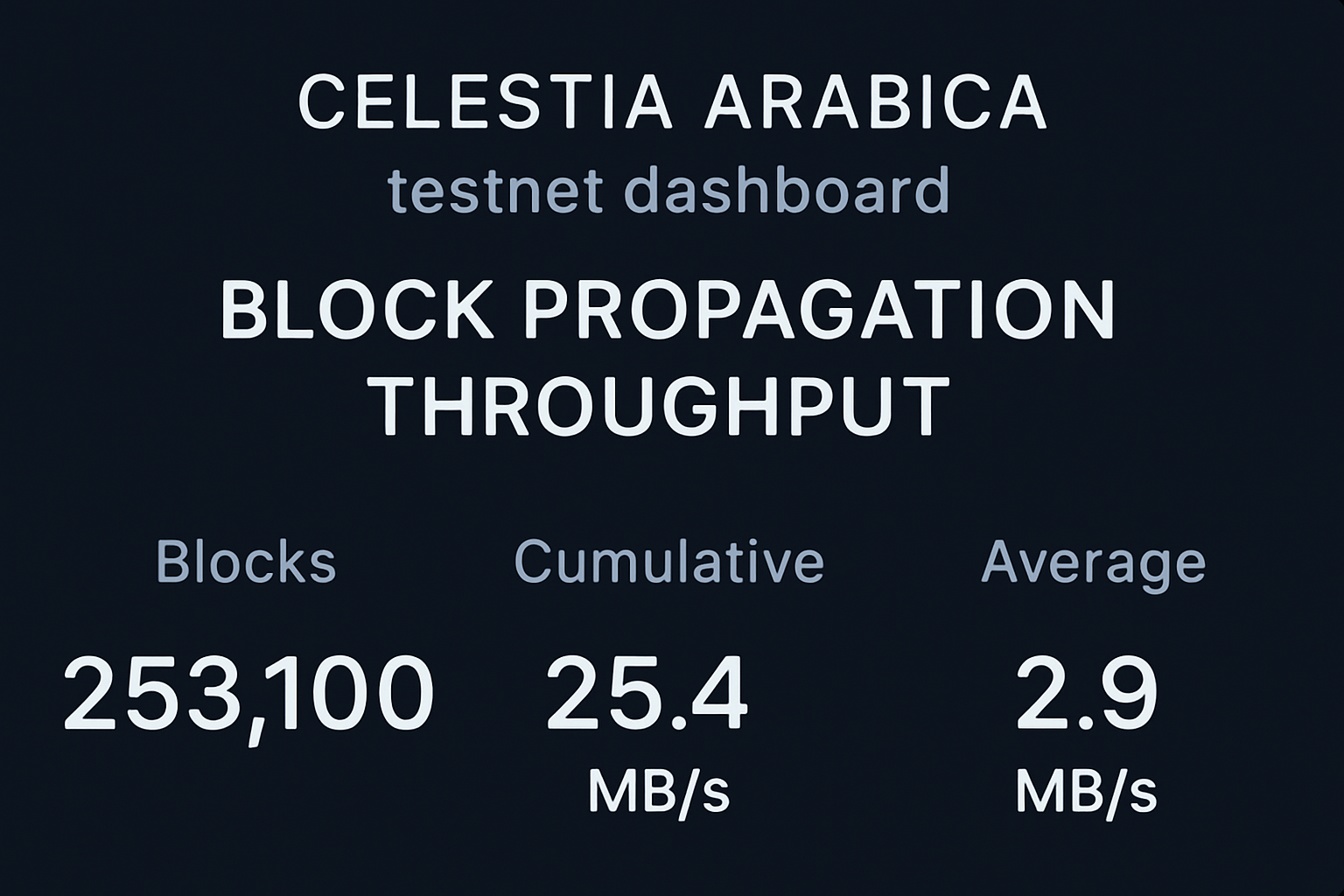
But the technical leap is only half the story. The removal of token filters for IBC and Hyperlane means that bridging assets to and from Celestia is now permissionless. This is a major unlock for modular rollup development: you can now build cross-chain dApps that pull liquidity and users from anywhere in the Cosmos and beyond, all secured by Celestia’s robust data availability layer. Expect to see a wave of new experimentation in DeFi, NFT marketplaces, and social apps leveraging this expanded interoperability.
Top 5 Benefits of Celestia Matcha v6 for Rollup Developers
-
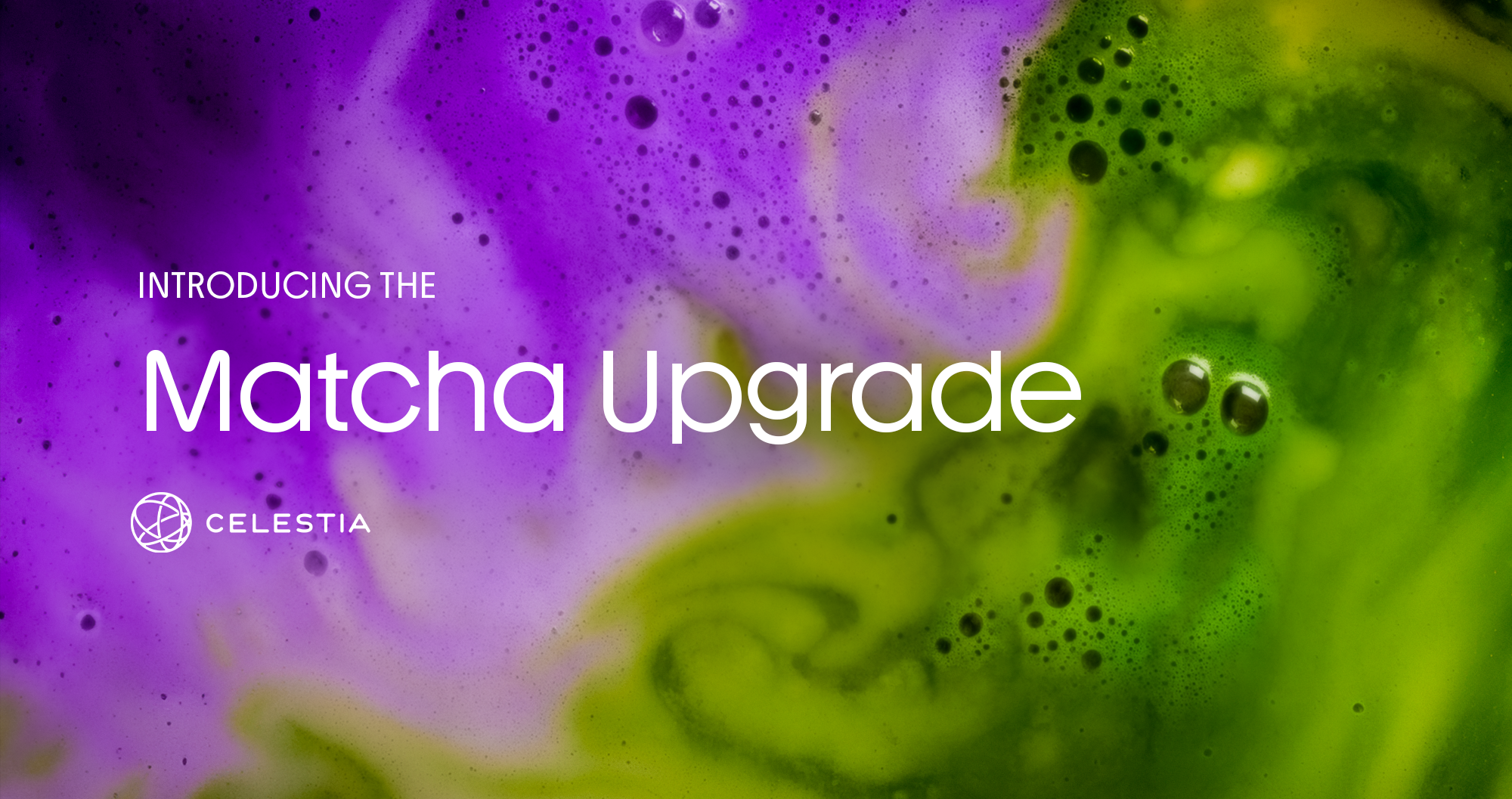
Massive 128MB Blocks Boost Throughput: The Matcha v6 upgrade increases block size from 8MB to 128MB, letting rollup developers process far more transactions per block and scale dApps efficiently.
-
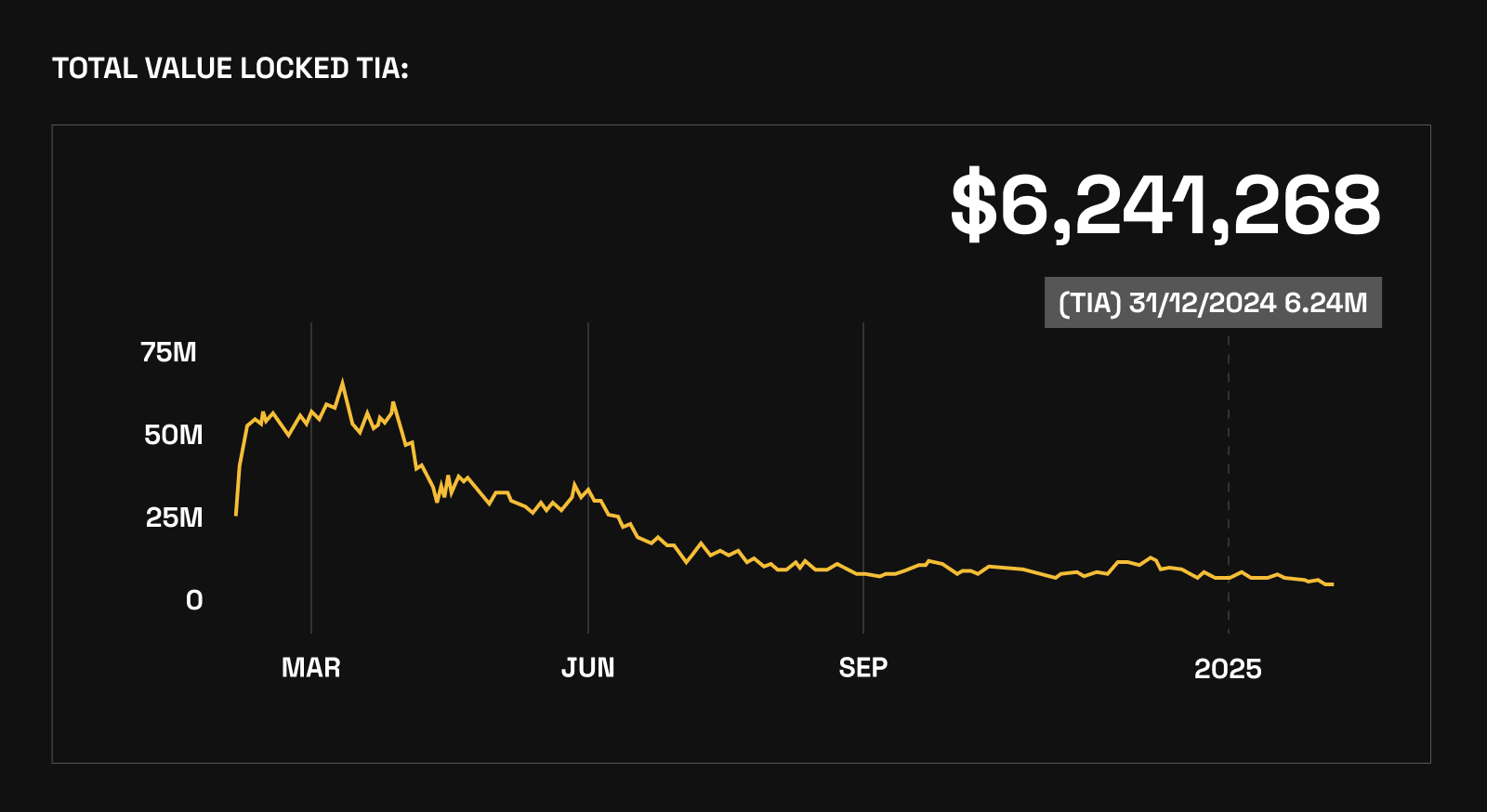
50% Reduction in TIA Inflation: Annual inflation for TIA drops from 5% to 2.5%, improving tokenomics for rollup-native assets and making TIA more attractive for DeFi collateral.
-
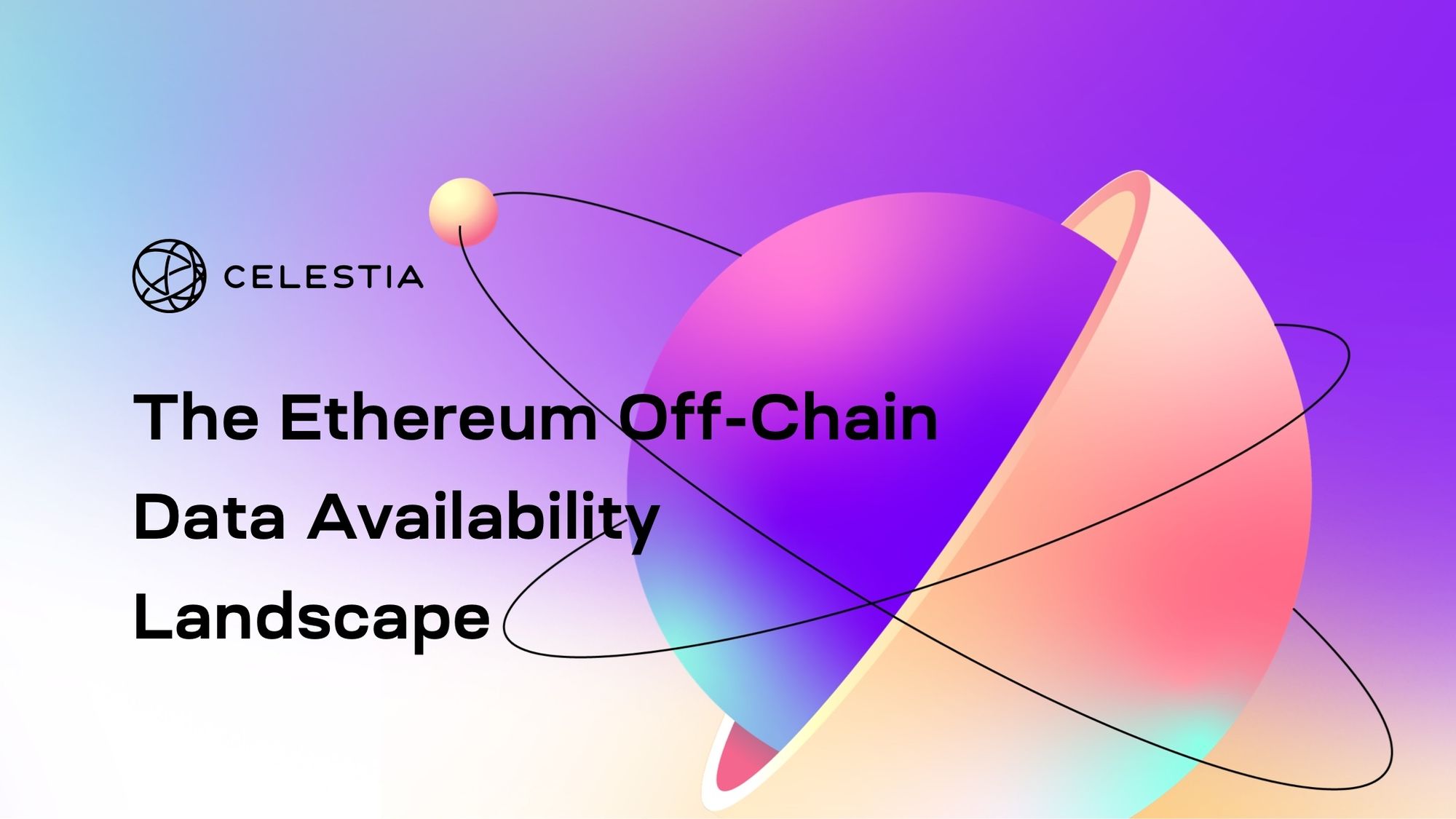
Lower Transaction Costs for Rollups: With larger blocks and higher throughput, rollup developers benefit from reduced data availability fees, making deployments more cost-effective.
-
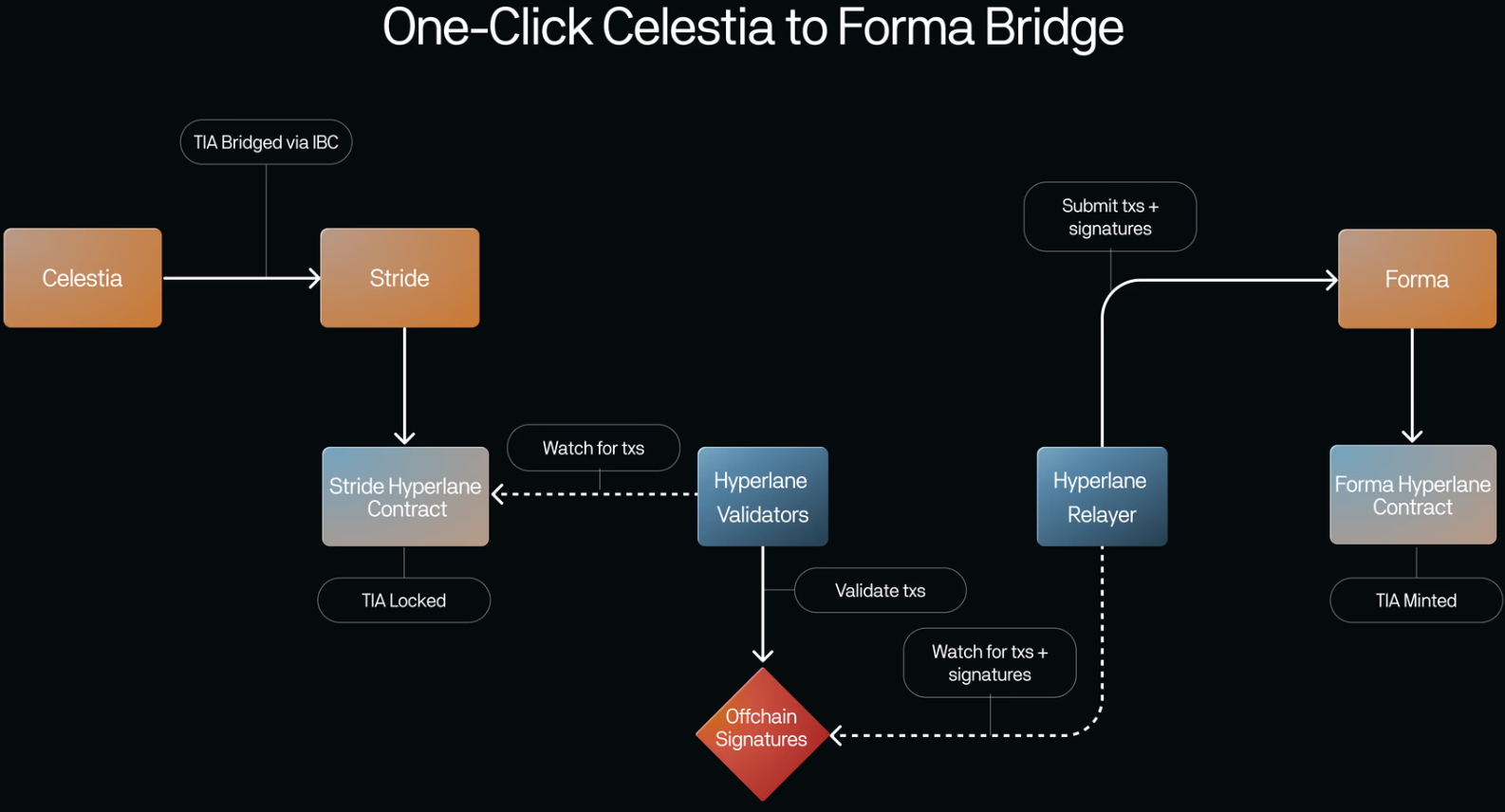
Universal Asset Bridging via IBC & Hyperlane: By removing the token filter, Matcha v6 enables any asset to bridge to Celestia via IBC and Hyperlane, unlocking seamless cross-chain liquidity for rollup ecosystems.
-
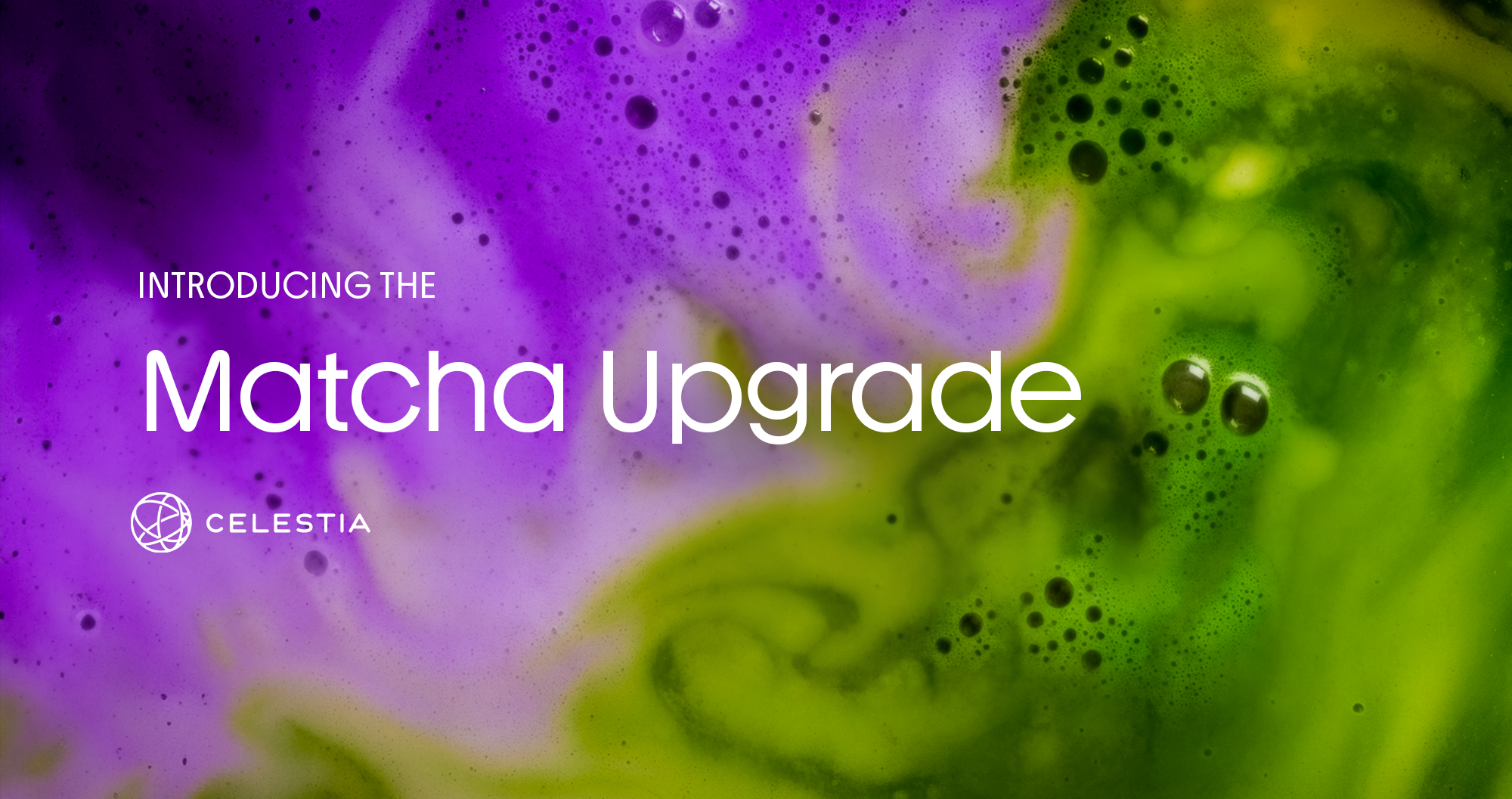
Enhanced Performance with High-Speed Propagation: The new high-throughput propagation mechanism delivers up to 21.3 MB/s data availability, ensuring rapid block delivery and improved rollup user experience.
What This Means for Modular Rollup Ecosystem
With Celestia (TIA) trading at $1.03 and the protocol’s monetary policy now far tighter, the incentives for both users and validators are realigned. Lower inflation means more predictable returns for stakers and a more stable foundation for DeFi protocols to build on. For developers, this translates into a more attractive environment for launching new chains, as the economic security model is less exposed to runaway dilution.
The combination of abundant blockspace, lower inflation, and seamless asset routing positions Celestia as the backbone for a new generation of high-throughput, cross-chain rollups. Modular frameworks like Eclipse and Conduit can now leverage these upgrades to deliver scalable, cost-effective solutions for everything from on-chain order books to real-time gaming and social feeds. The days of throughput bottlenecks and token whitelisting headaches are fading fast.
Looking ahead to the mainnet launch in late September 2025, all eyes are on how these upgrades will play out at scale. Will TIA see increased demand as a DeFi collateral asset? Will we see an explosion of new rollup projects leveraging Celestia’s abundant blockspace? The early signs are bullish, with the community already pushing boundaries on testnet and institutional interest picking up around the new economic model.
Pro tip: If you’re building with Celestia rollup frameworks, now is the time to get hands-on with Matcha. Stress-test your dApps, participate in testnet incentives, and provide feedback to help shape the final mainnet rollout. The window to be early is wide open.
For more technical deep dives and ongoing updates, check the official Celestia blog and the CIP-041 spec. The Matcha v6 upgrade isn’t just an incremental step – it’s a whole new playbook for modular blockchain builders.




